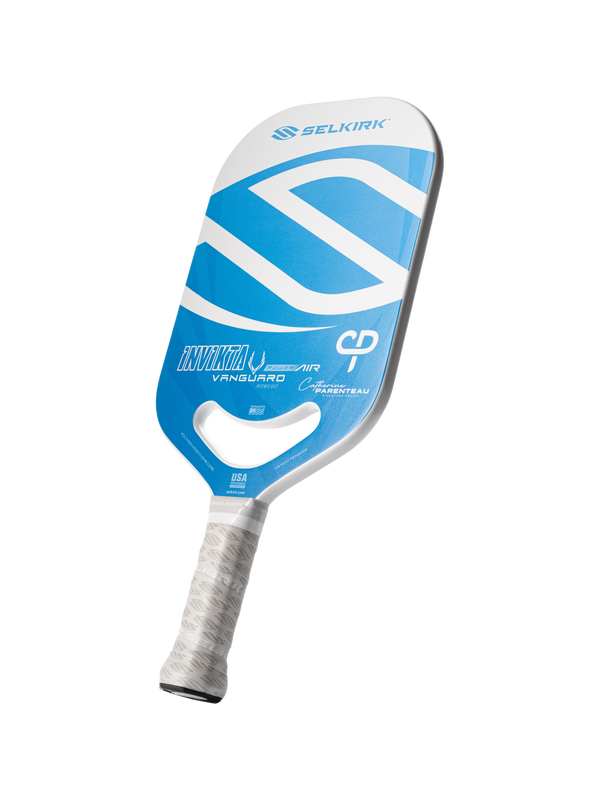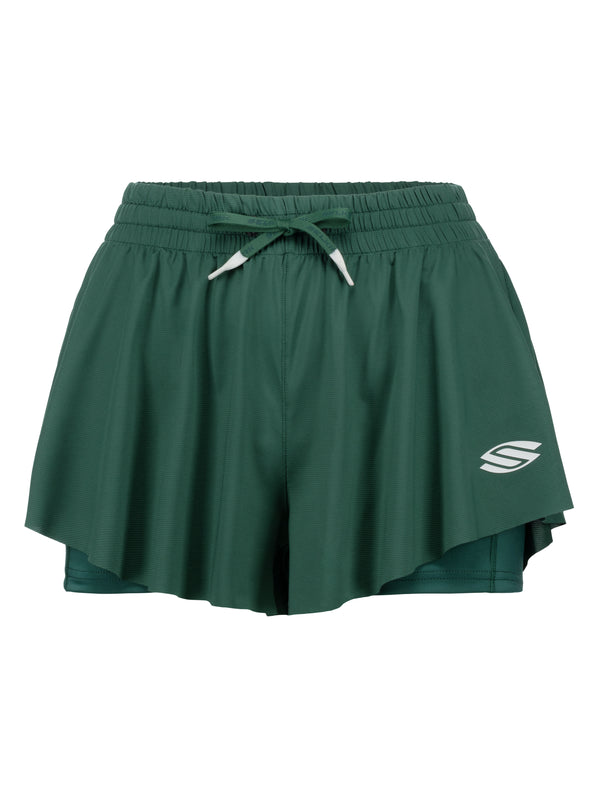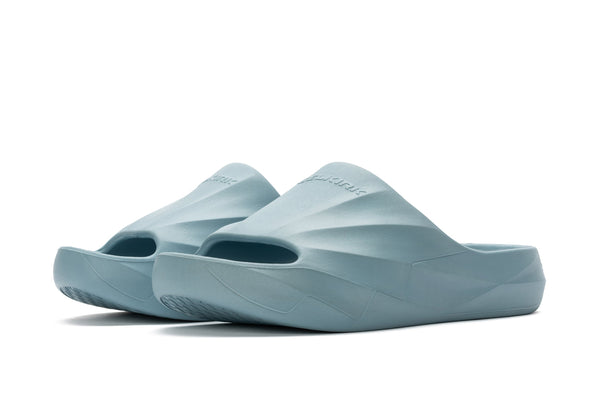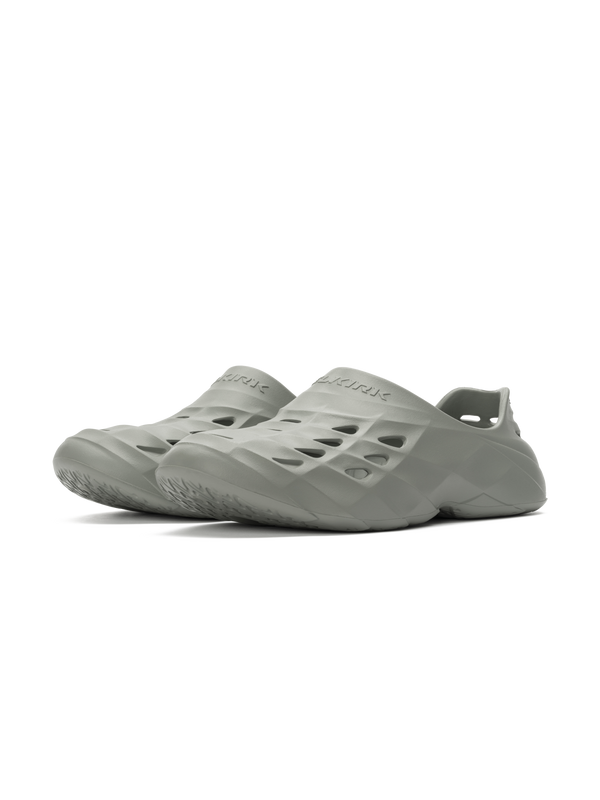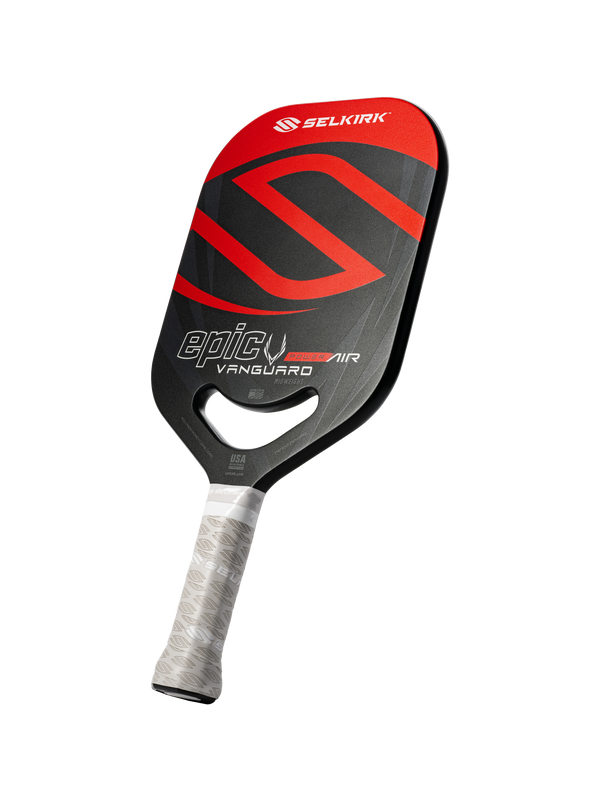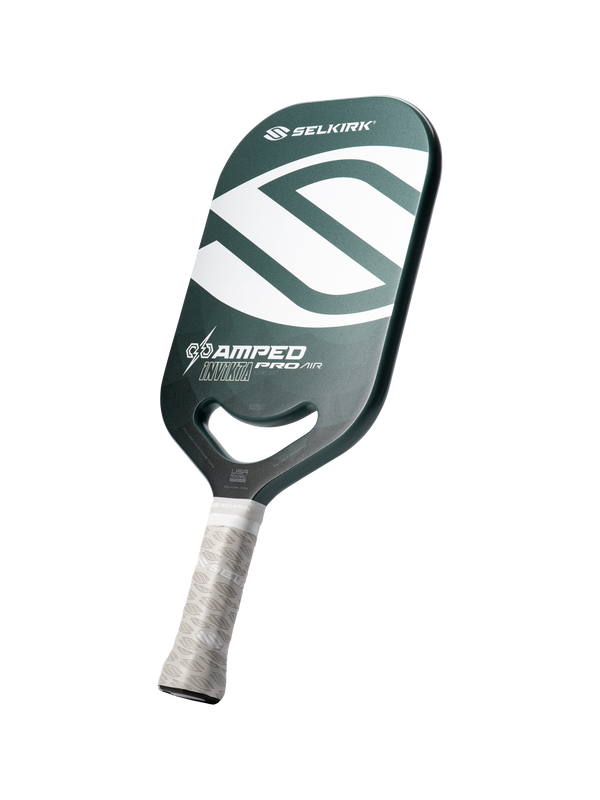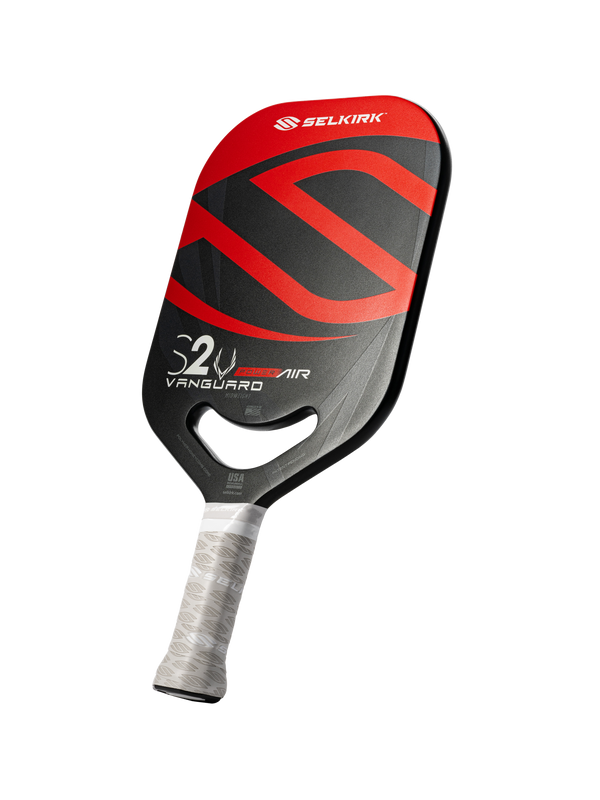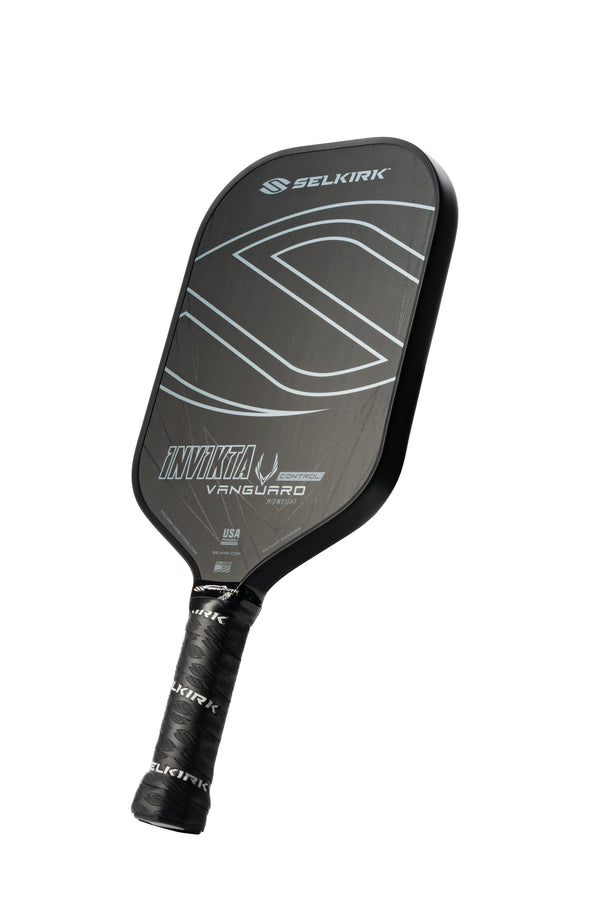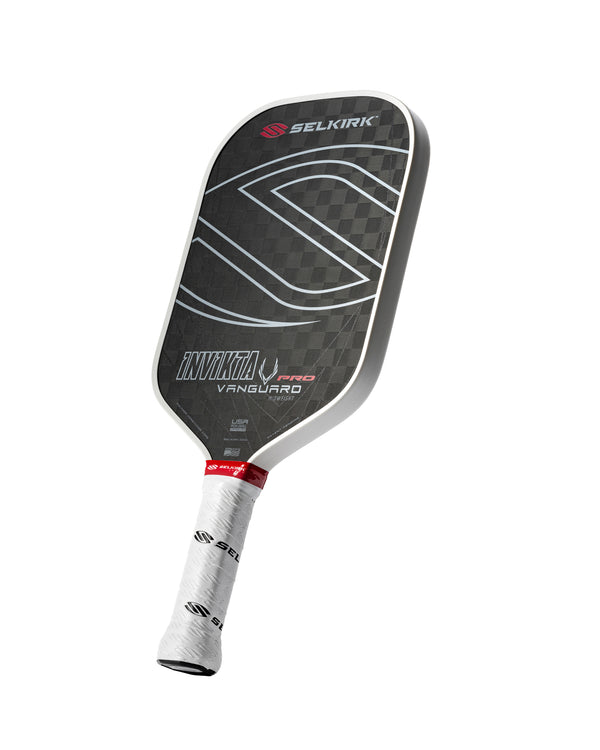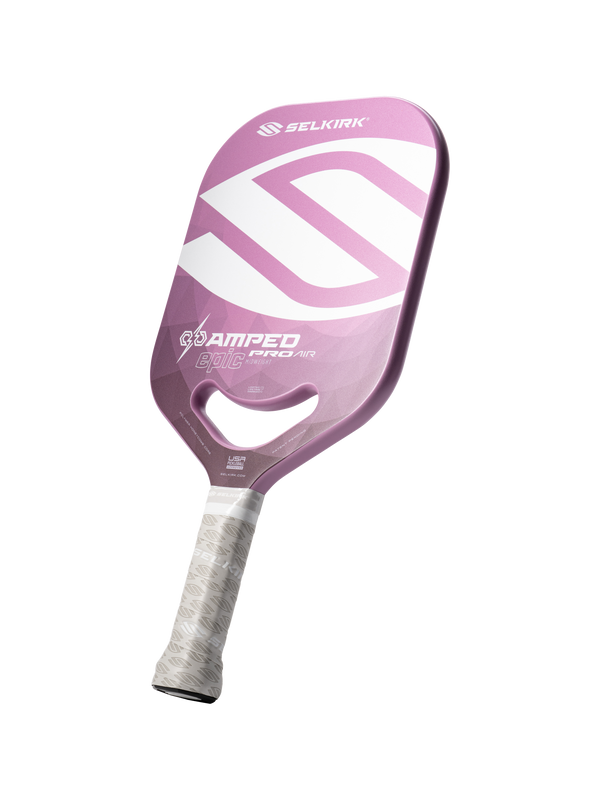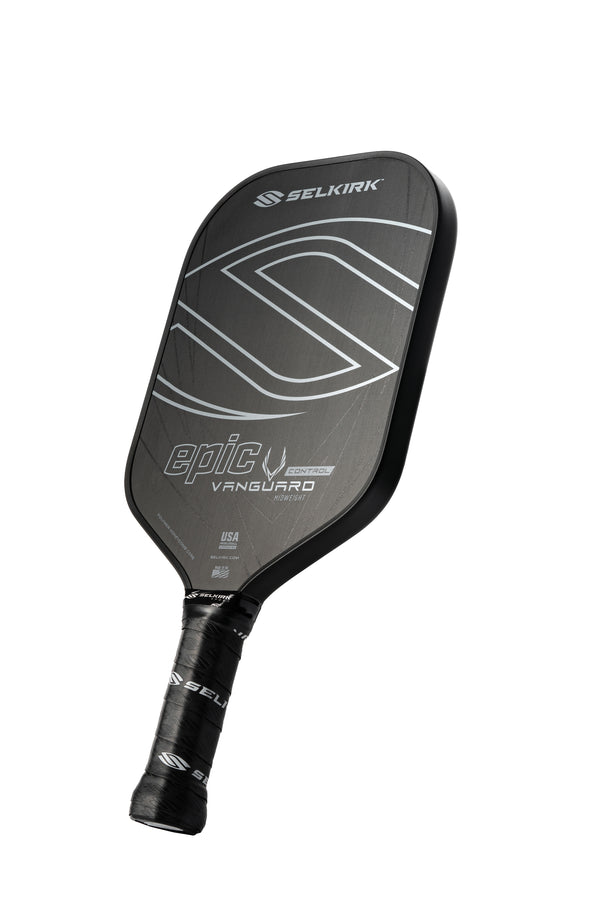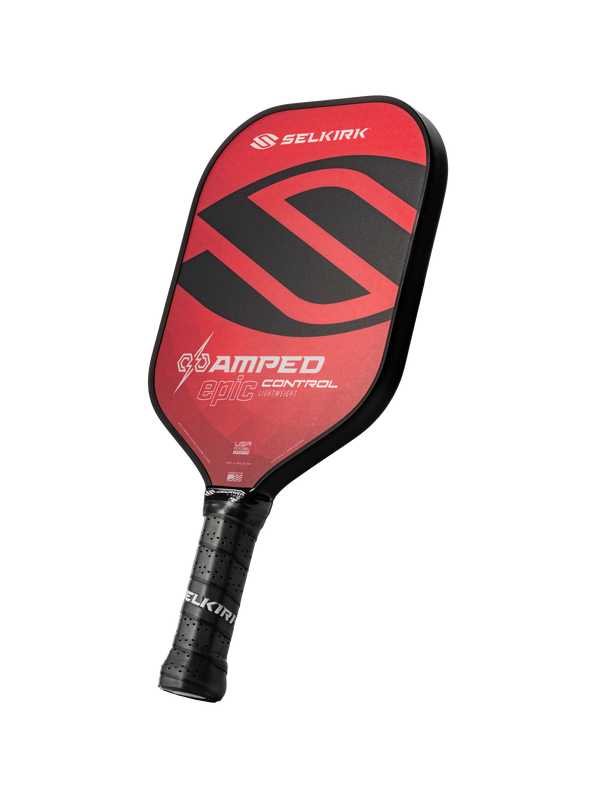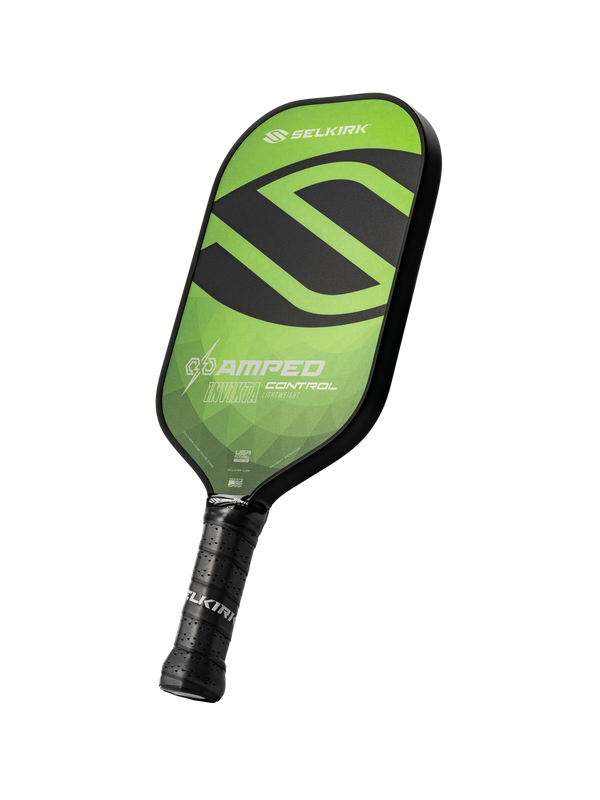Susannah Barr and many other top Selkirk pros regularly practice drilling techniques to succeed at the highest levels of pickleball.
If you play pickleball somewhat frequently, you may have heard that pickleball drills can be an effective tool to improve your game quickly and efficiently. Several of the world’s top pickleball pros insist on its importance, and as new pickleball strategies and tactics continue to evolve, adding a drilling routine to your schedule can only help your game.
Not sure where to get started when it comes to pickleball drills? We’ve got you covered with drills for 3 of the most important skills in the game: Dinking, Resets, and Drops! Below is a drilling routine for two players that takes approximately 45 minutes to 1 hour to complete:
DINKING (15 Minutes)
1. Dinks - straight ahead (5 minutes)
Pick one half of the court and face your partner straight ahead (each of you should be standing right behind the kitchen line). Without any speed ups or attacks, initiate a dink rally and focus on dinking the ball into the kitchen as many times as possible without hitting into the net. Step into the kitchen on shallow dinks, short-hop (hitting a ball just as it bounces off the ground) balls that land right in front of you, and volley balls that look like they may bounce right at your feet. Target bouncing the ball into your opponent’s kitchen with every shot.

2. Dinks - crosscourt forehands (5 minutes)
Have both players move over to the deuce side of the court (right side when facing the net), remaining right behind the kitchen line. Initiate the same drill focusing on forehand dink rallies. Again, do not initiate speed ups or attacks, the goal here is to achieve consistent and long dinks rallies, with variation between dinks off of the bounce, dinks off of a short hop, and dink volleys. Practice mixing up the location of your dinks as well, with some aimed out wide to your opponents forehand, some aimed right in front of their body, and some aimed towards their left foot, where they may need to execute a backhand dink to continue the rally. Aim to hit every dink into your opponent’s kitchen.
3. Dinks - crosscourt backhands (5 minutes)
Remaining on the kitchen line, both players now move to the ad side (left side when facing the net). Initiate a backhand dink rally crosscourt without any speed ups or attacks. Continue to mix up the location of your dinks, and move your opponent around slightly on their half of the court. When possible, execute dink volleys on high balls, and aim to hit your opponent’s kitchen with every single shot.
Pro Tip: Having trouble dinking consistently? Check out this video from pickleball pro Mark Renneson!
Midcourt Resets (15 minutes)
1. Resets - straight ahead (5 minutes)
Similarly to the very first dinking drill, pick one half of the court and face each other straight ahead, with each of you standing right behind the kitchen line. Now, have one person take a few steps backwards until they are at midcourt (approximately halfway between the kitchen line and base line). Initiate a rally where the person at midcourt will aim to “reset” every ball into the opponent’s kitchen. The person standing at the kitchen line will aim to mix up placements of their shots: some directed bouncing out in front of the person at midcourt, some right at their feet, and some up at their chest. The person at midcourt (also referred to as the transition zone) will focus on hitting every ball into the kitchen while also deciding when the ball is high enough to take out of the air. After 3-5 minutes, switch roles.
2. Resets - crosscourt forehands (5 minutes)
Both players will set up on the deuce side, with one at midcourt and one at the kitchen line crosscourt from them. Initiate a crosscourt rally where the midcourt player seeks to hit all balls into the crosscourt kitchen. The person at the kitchen line can take high balls out of the air and challenge the person at midcourt with shots placed directly at their feet. After 3-5 minutes, switch roles.
3. Resets - crosscourt backhands (5 minutes)
Both players will now set up on the ad side, with one at midcourt and one at the kitchen line crosscourt from them. Again, have the person at the kitchen line mix up the location of their shots, targeting out in front of the midcourt player, at their feet, and at their chest. In this cooperative drill, the person at midcourt is intending to place every ball into the cross court kitchen. After 3-5 minutes, switch roles.
Pro Tip: Mid-court resets (or Transition Zone resets) can be difficult to master at first. Top Selkirk Pro Tyson McGuffin gives some great insight into common transition zone tendencies from this part of the court:
Drops (15 minutes)
1. Drops - straight ahead (5 minutes)Begin by selecting one half of the court and facing each other straight ahead, with both of you standing behind the kitchen line. One of you will back up all the way to be standing just behind the baseline, while the other remains behind the kitchen line. Initiate a rally where the person at the baseline focuses on hitting drops into the kitchen, while the person at the kitchen hits balls that bounce out in front of the person at the baseline. After 3-5 minutes, switch roles.
2. Drops - crosscourt forehands (5 minutes)
Both players will set up on the deuce side, with one at the baseline and one at the kitchen line crosscourt from them. Initiate a crosscourt rally. While the person at the baseline practices their drops, it is also a good time for the person at the kitchen line to practice decision making on which balls are high enough to take out of the air and which balls they should allow to bounce. After 3-5 minutes, switch roles.
3. Drops - crosscourt backhands (5 minutes)
Both players will now set up on the ad side, with one at midcourt and one at the kitchen line crosscourt from them. The person at the baseline now has a chance to practice drops with their backhand. The goal is to have a long rally with many successful drops. Thus, do not drive the ball or risk ending the rally by hitting too hard from either position. After 3-5 minutes, switch roles.
Pro Tip: Having a bit of underspin on your dinks can help with consistency, as Tyson McGuffin explains in this short video!
Now you’re underway when it comes to a simple yet effective pickleball drill routine! Add this routine to your pickleball schedule, and you’ll be pleasantly surprised at how quickly your game will evolve.




